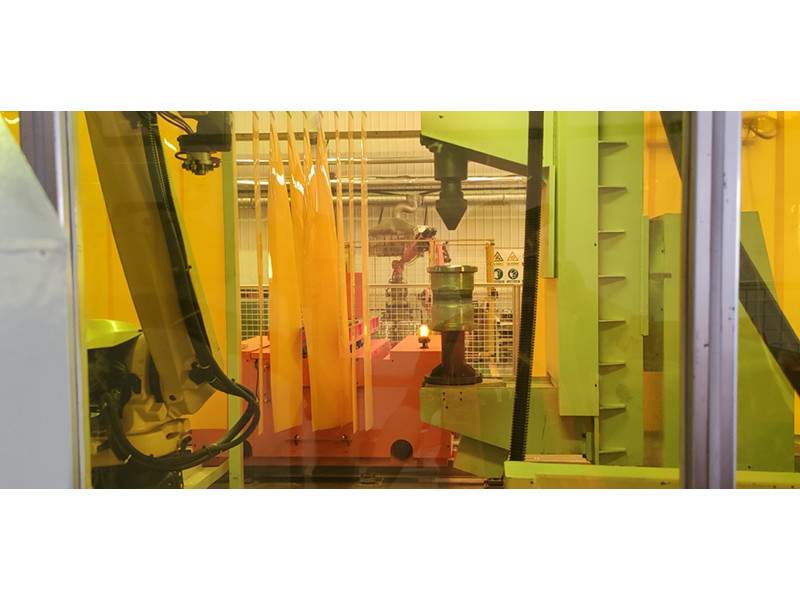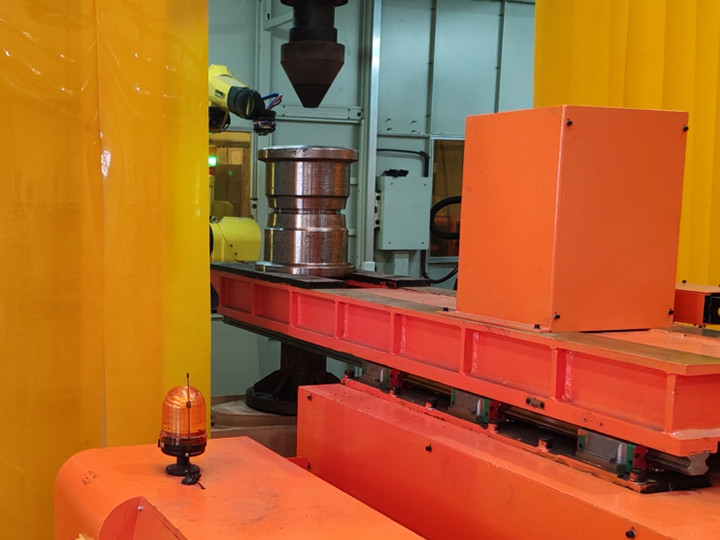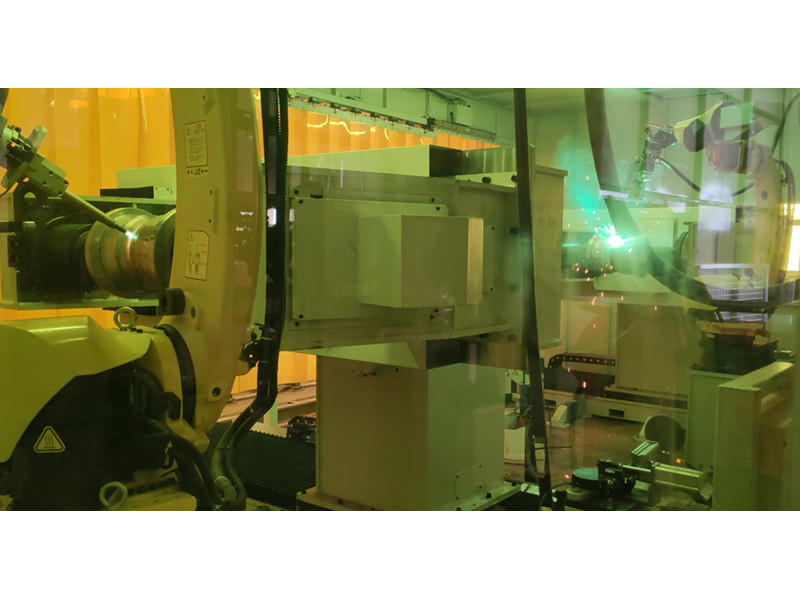Analysis of the Applications, Prices, and Intelligent Development Trends of Fully Automatic Welding Machines
As a core piece of equipment in modern industry, the fully automatic welding machine is reshaping the production mode of the manufacturing industry with its advantages of automation and high precision. From automobile manufacturing to energy equipment, from microelectronic components to large - scale pipeline projects, this equipment significantly improves production efficiency and product consistency through the combination of intelligent control and advanced processes.
Core Application Areas
- Automobile Manufacturing: It is used to weld key parts such as the body frame and power battery pack, with a welding seam accuracy of ±0.1mm.
- Aerospace: It conducts sealed welding of titanium alloy fuselage components and fuel pipelines, meeting the requirements of high temperature and high pressure resistance.
- Construction Engineering: It enables efficient connection of steel - structure bridges and high - rise building skeletons, supporting the welding of thick plates over 30mm.
- Energy Equipment: It performs circumferential welding of nuclear power plant pressure vessels and oil pipelines, achieving a 100% qualified rate for non - destructive testing.
- Electronic Equipment: It conducts precise welding of micro - sensors and battery tabs, with a minimum welding seam width of up to 0.05mm.
Key Technological Breakthroughs
Mainstream models have achieved leap - forward development by integrating six innovative technologies:
1. 6 - Axis Robotic Arm Control: Equipped with a 3D laser positioning system, it can perform multi - angle continuous welding on complex curved surfaces.
2. Adaptive Parameter Adjustment: Based on the welding seam tracking camera and AI algorithms, it adjusts current/voltage parameters in real - time.
3. Dual - Mode Welding: It supports free switching between TIG and MIG and is compatible with 8 types of metal materials such as stainless steel and aluminum alloy.
4. Energy - Consumption Optimization System: It saves 80% of energy compared with traditional welding machines, and its electro - optical conversion efficiency exceeds 35%.
5. Internet of Things (IoT) Remote Management: It monitors the equipment status and updates process parameters in the cloud through the 5G module.
6. Safety Protection Mechanism: It integrates 12 intelligent protection functions such as arc light shielding and gas leakage monitoring.
Market Price System
The equipment prices show obvious technological gradient characteristics:
- Basic Manipulators: Cost between 80,000 and 150,000 yuan, suitable for simple and repetitive welding tasks.
- Mid - Range Intelligent Models: Cost between 200,000 and 500,000 yuan, equipped with visual recognition and process databases.
- High - End Customized Equipment: Cost between 800,000 and 3 million yuan, supporting multi - robot collaborative operations and flexible production systems.
Intelligent Upgrade Directions
Industry data in 2024 shows that leading enterprises have made breakthroughs in the following areas:
- Process Self - Learning System: By collecting over 100,000 welding samples, it builds an intelligent process recommendation model.
- Digital Twin Verification: It pre - rehearses the welding process in a virtual environment, shortening the debugging time by 70%.
- Composite Welding Technology: Laser - arc collaborative welding increases efficiency by 3 times and enhances penetration by 50%.
- Green Manufacturing Solutions: It purifies welding fumes with an efficiency of 99.8% and controls noise below 75 decibels.
Procurement Decision - Making Guide
It is recommended that buyers focus on three key elements:
1. Process Compatibility: Select the appropriate heat source type according to the material thickness (0.1 - 30mm).
2. Expandability: It should have a modular design, allowing the addition of visual systems or collaborative robotic arms as the process upgrades.
3. Service Support: Give priority to suppliers that provide remote diagnosis and spare parts library services.
With the in - depth integration of intelligent sensing technology and the industrial Internet, fully automatic welding machines are transforming from single - machine operations to intelligent manufacturing units. The latest cases show that a large - scale equipment manufacturing enterprise has reduced the product defect rate to 0.02% and increased production capacity by 4.6 times by deploying a welding robot cluster. This technological innovation not only reshapes the production process but also promotes the upgrading of the manufacturing industry to high - value - added fields.


